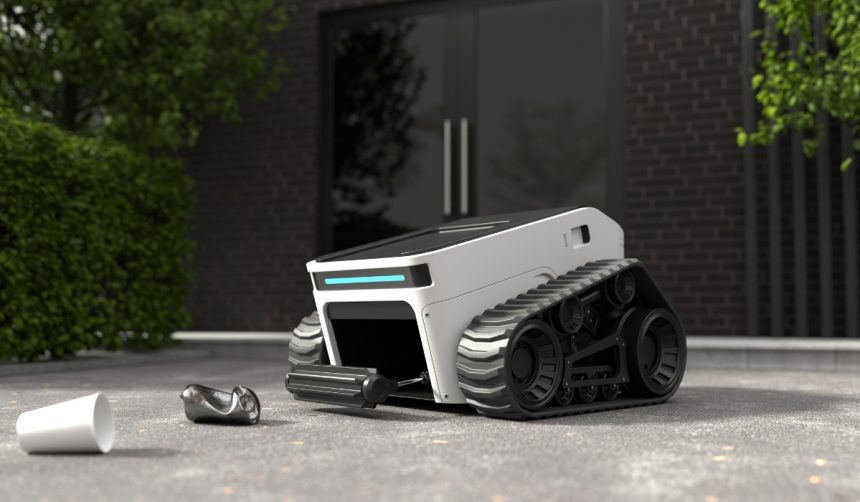DePuy Synthes, a subsidiary of Johnson & Johnson, has introduced a new dual-use robotics and standalone navigation platform that employs the Velys robot for spine surgery. This innovation signifies a significant evolution for Velys, which initially received FDA approval for total knee surgery in 2021 and later for unicompartmental knee arthroplasty in June. The development aims to cater to complex surgical needs with enhanced precision and flexibility.
Collaborative Development and FDA Clearance
The orthopedics division of Johnson & Johnson developed the Velys Spine system in partnership with eCential Robotics, which secured FDA 510(k) clearance for the platform last month. Designed specifically for planning and executing spinal fusion procedures, Velys Spine targets areas such as the cervical, thoracolumbar, and sacroiliac regions. This system integrates active robotic assistance and standalone navigation to provide a versatile surgical approach.
Surgeon-Centric Features
DePuy Synthes emphasizes that the dual-use system offers a customizable experience for surgeons, featuring pathology-specific workflows. The technology includes Velys adaptive tracking and trajectory assistance, enhancing its capability to handle intricate procedures. These advancements, according to the company, aim to redefine standards in spinal surgery by offering tailored surgical guidance and flexibility.
DePuy Synthes plans to make Velys Spine fully commercially available in the first half of 2025. The company’s chair, Aldo Denti, stressed their commitment to digital advancements and surgical robotics, stating,
“We are shaping the next frontier of orthopaedic innovation with a relentless focus on digital advancements and excellence in the field of surgical robotics and navigation.”
Meanwhile, DePuy Synthes’ main competitor, Stryker, expects to launch its Mako Spine system by late 2024.
Comparatively, previous innovations in spinal surgery robotics have shown incremental improvements in procedural precision and patient outcomes. DePuy Synthes’ introduction of Velys Spine adds to these advancements by integrating adaptive tracking and trajectory assistance, which are not as prevalent in older systems. The collaboration with eCential Robotics also marks a significant step toward more collaborative innovations in the medical technology sector.
Other robotic systems, such as Stryker’s Mako, have primarily focused on joint replacement procedures and are now venturing into spinal surgery. This trend indicates a broader shift in the industry towards more comprehensive robotic solutions, aiming to cover a wider range of surgical needs. The upcoming competition between DePuy Synthes and Stryker in the spinal surgery robotics market could potentially drive further innovations and improvements in this field.
With the upcoming launch of the Velys Spine system, DePuy Synthes aims to solidify its position in the medical tech industry by addressing complex surgical challenges. The company’s focus on digital advancements and adaptive technologies underscores its commitment to enhancing patient care and supporting spine surgeons. As the competitive landscape evolves, further innovations and advancements in surgical robotics are anticipated, offering significant benefits to both patients and healthcare providers.










